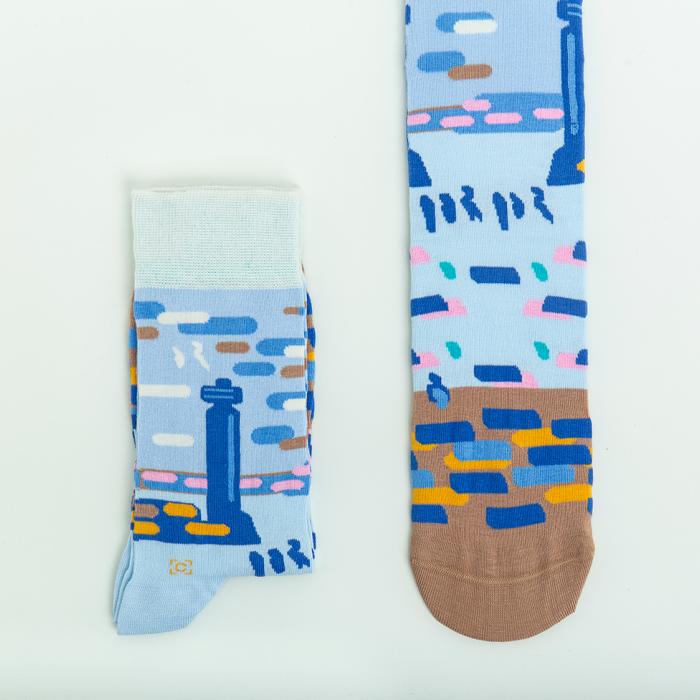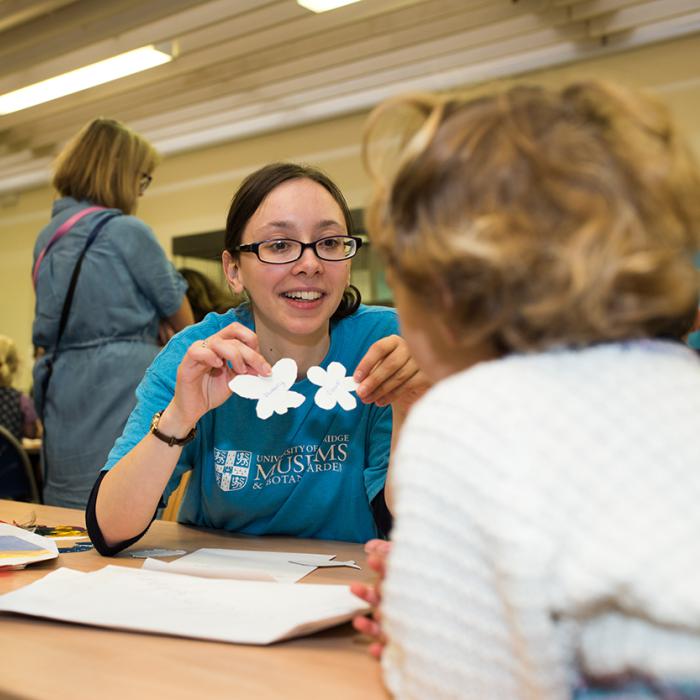Museum Trails
If you are visiting the Museum with young children, why not download our Rainbow of Colour trail to print out and bring with you? It will keep the children entertained as they look for all the colourful specimens in the Museum, and they can even use it in the garden or any outdoor space too.
- rainbow_of_colour_trail_.pdf (1.35 MB)
All bookings are subject to change in accordance with government guidance.
There is no charge for our standard school sessions, but donations are welcomed to support the Museum learning programme (recommended donation of £3 per child).
If you are a UK based school or college (teaching under 18 year olds) wishing to visit the Museum with your class, please use the booking form to make a request.
All other groups should use our group booking form (including international schools) or language school booking form.
School visits
To book a school visit please visit our webpages which have extensive information about what we can offer your school and how to book.
Browse our workshops by Key Stage
To make your zine you will need:
Asteriornis maastrichtensis, affectionately known as the Wonderchicken, is among the most exciting bird fossils ever found. It has one of the best-preserved fossil bird skulls in the world, and gives us important insights into the evolutionary origins of modern birds.
Gravel Hunters is an educational resource that aims to encourage budding explorers of all ages to discover fossils for themselves on their doorsteps. From gardens to car parks and driveways, fossils can be unearthed in flint gravel from all sorts of environments - all you need to do is collect them.
This resource gives examples of some of the most common fossils found in flint gravel.
Scientists use all sorts of different ways to name the new plants, animals and fossils they find.
Two parts - Scientific names usually have two parts, just as people have a first name and a family name.
Latin or Ancient Greek - Often the names use words from Latin or Ancient Greek.
About the Session
This set of activities focusses on women in STEM, using objects from the Whipple Museum to explore:
Caroline Herschel and Maggie Aderin-Pocock (astronomy)
Hertha Ayrton (engineering)
Ida Freund (chemistry)
Marjory Stevenson (microbiology)
Rosalind Franklin and Deborah Ruffunduo (microscopy)
Duration: Can be booked as:
A 90-minute session in the museum- please note that our maximum group size is 45 due to the small size of the museum.
or
About the Session
This set of activities covers aspects of the Year 5 national curriculum unit "Earth and Space", using objects from the Whipple Museum to explore:
The solar system
Terrestrial, celestial and planetary globes
Space science today
Duration: Can be booked as:
About the Session
This set of activities covers aspects of the "animals, including humans" topic and can be adapted for KS1 or KS2, using objects from the Whipple Museum to explore:
How we hear
How we see
Bones
Organs
Duration: Can be booked as:

